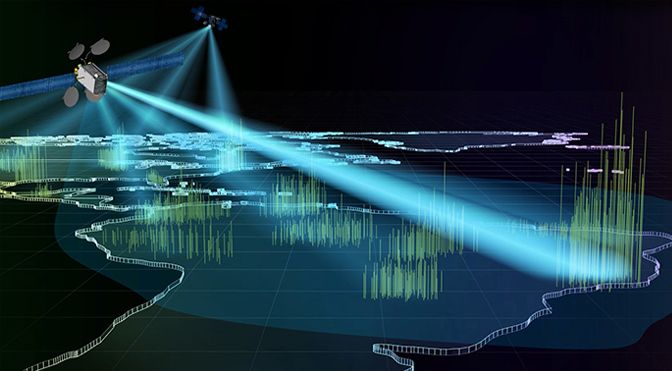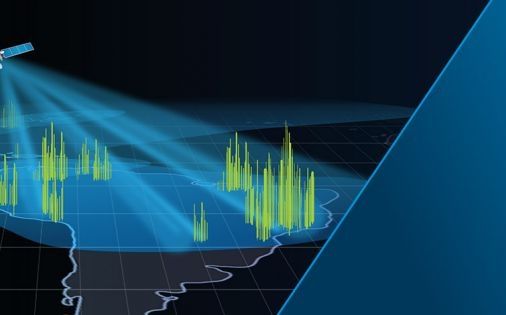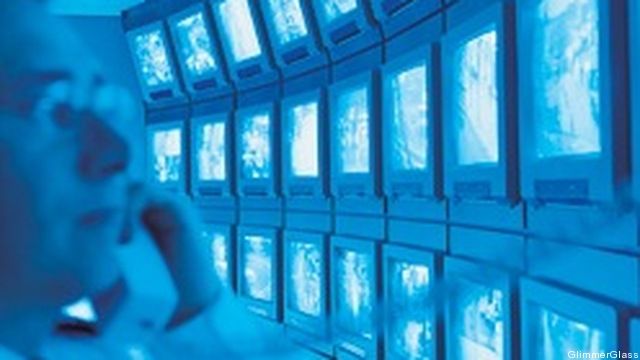![]()
Here is a concept to think about when we’re 20 or 30 years into the future — imagine a world where humans and all living things in it are truly Singular, and the new AI & Humanoid robots are alive and well. Will AI (including Robots) ever need therapy, will AI ever get stressed out or have panic attacks, will any humans know what AI is thinking once we give AI more independence?
I ask these questions because as we enhance and evolve AI to be like humans and interpret and process emotions, feelings, and interact like humans; will AI expeience fully the struggles of everyday life like some humans do? And, when needs counseling or therapy will they go to another AI or will they see a human therapist?
As we evolve AI; we must look at the full longer picture around AI including how human do we really wish to make AI.
Two actors pose for stock footage in that can be used in political ads. Karen O’Connell, left, & Leslie Luxemburg pretend to chat over coffee. In a political ad, this clip could be used to illustrate any number of topics. (Marvin Joseph/The Washington Post)
Two weeks ago, the Internet Archive started its new Political TV Ad Archive, which monitors television stations in 20 markets in eight U.S. states to compile a list of 2016 primary-election advertisements & uses audio fingerprinting algorithms to automatically flag each one airing of those spots.
[Who are all those smiling people in crusade advertisements?]
The project will create a public database of political television ads in the 2016 race, where they are running & who is paying for them. Since the end of Nov., the archive has identified 267 distinct ads that, if broadcast end to end, would total 196 minutes. They have aired a collective 72,807 times on the stations it’s monitoring.
Read more







